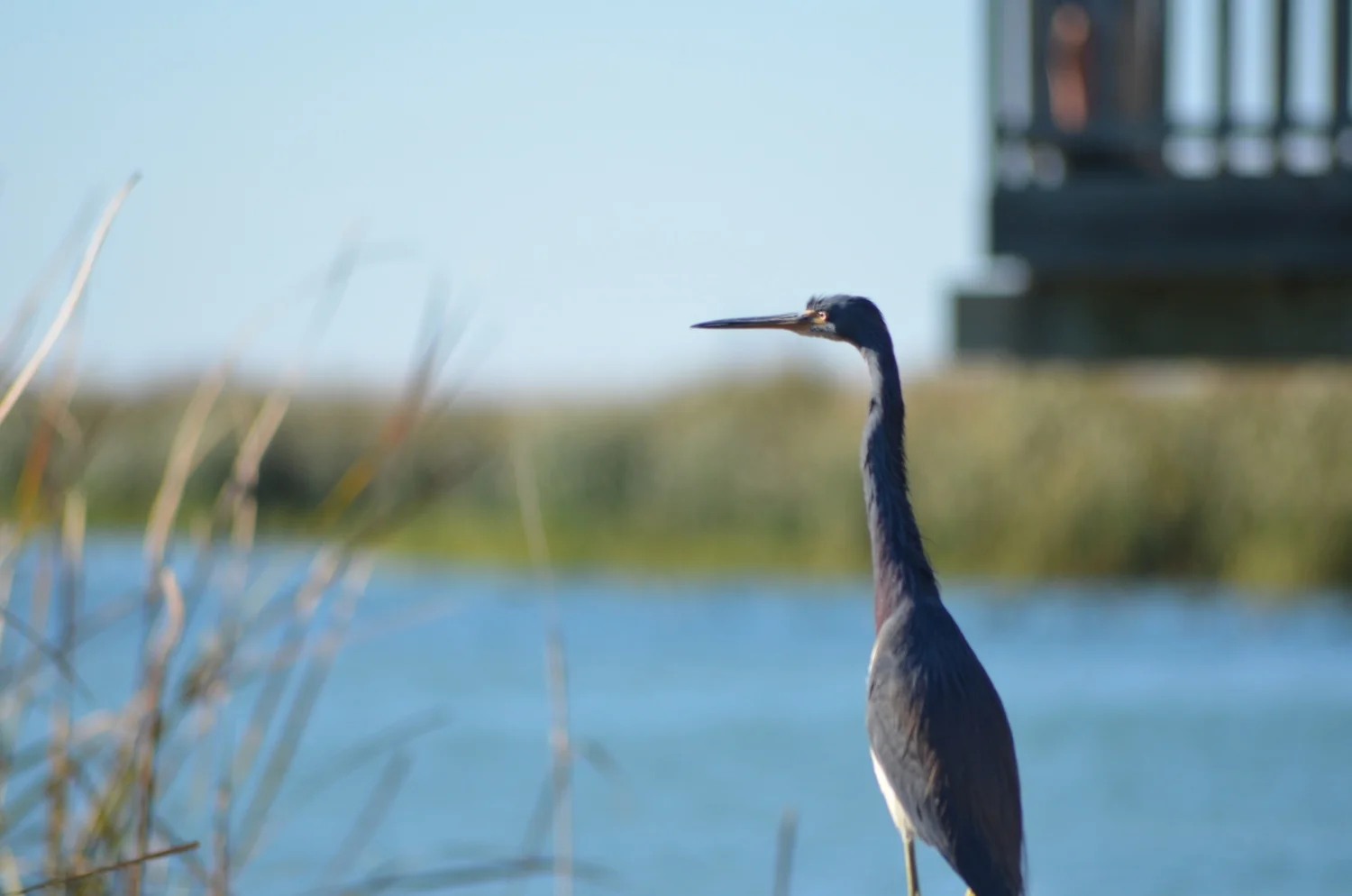I recently listened to Lawrence Wright’s God Save Texas on a couple of long drives across the Great Plains. The book fit with my contemplative mood and the rolling hills of Middle America flying by.
Wright is a native Texan and journalist, who won a Pulitzer for his book on Al Qaeda and the road to 9/11. God Save Texas is part memoir, part history, celebration of Texas and critique of its many flaws. Just like me, Wright has a deep but ambivalent love of our state. The culture and history and natural beauty and politics of Texas all draw me back and repulse me away from home.
We claim Molly Ivins, Ann Richards, Lady Bird and Lyndon Johnson. But also produced Ted Cruz, Greg Abbott, Rex Tillerson, and Rick Perry. We have the hallmarks of the American West – canyons (Palo Duro), mountains (Guadalupe), deserts (Chihuahuan), and ocean (Gulf of Mexico) – but none quite as deep or high, dry or dramatic as states further west. We were proudly independent, until we had the choice of ending slavery by accepting an economic bailout from Britain or joining the United States. Texas chose slavery. And, let me tell you, I did not learn that until reading this book, despite multiple courses in Texas history growing up.
Texas represents opportunity. The state economy weathered the Great Recession relatively well, and now bustles with tech businesses, fossil and renewable energy industries, tourism, healthcare, and research. It is deeply red and “politically immature” as Wright calls it. But the state is slowly, oh so slowly, turning blue and progressive. The 2018 Democratic gubernatorial candidate is a lesbian Latina, the first major party candidate in the state to be openly gay or Hispanic. Beto O’Rourke is giving Ted Cruz a run for his money for Senate. Texas is majority minority, since 2011. And Texas culture can’t be beat – a melting pot of the Deep South, American West, and Mexico in its music, literature, art, cooking, and architecture.
Wright, ultimately, can’t see himself living anywhere else, for all of Texas’ flaws. Nowhere else is home.
I am a postdoc in Minnesota, and am still trying to figure out the next moves in my career. Scientists, whether they are academics or working in other capacities, do not routinely have much flexibility in the location they land in, most of the time. I love exploring places, and want to try living in new cities, states, even new countries. I miss Texas. I have things that remind me of home – a print of a grotto in the Hill Country, a bottle with sand and shells from the Mustang Island beach, a candle that smells like bluebonnets. But I don’t, in the end, have much desire to go back, though. The state has changed too much from where I grew up, although many of those changes are for the better. Wright says he and a friend couldn’t “have lasted in Texas if it were the same place we grew up in, but we’re so powerfully imprinted by the culture it’s impossible to shake it off.” That imprint will stay with me, but the state is changing both too fast and too slow for me to want to return for now.
I visited recently, and everything felt different than the imprints I carry around in my head. The grackles still made ungodly, mechanical croaks as they flocked around the ferry in Port Aransas, but Hurricane Harvey had devastated the town. My parents still live in the house I grew up in, but the old school building down the street is being converted into HQ for Alamo Drafthouse Cinema. It takes longer to escape the Hill Country McMansions, but the old cedar breaks are still heady with the scent of juniper. Fracking development continues to transform south Texas from flat, empty expanses of bad roads to busy highways dotted with drilling platforms and semis. None of these changes are bad or even very new, strictly speaking. It just all adds up to an Uncanny Valley version of home.
Plus, Texas is already too hot. I can’t imagine what 2°C of climate change will do.
God Save Texas encapsulates how I feel about Texas, how strange and great and problematic and frustrating the state is. Wright ends the book with a tour through the state cemetery, where he and his wife go to pick out their burial plots amongst other Texas luminaries such as Barbara Jordan, the astronaut Eugene Corman, and Ann Richards. He could have chosen to live somewhere else, may have been someone else – a player in Washington or big man in Hollywood. But, Wright reflects, he would not have been home.
I am thinking of my own path differently, as I navigate finding my next position and future career. Maybe I won’t be home. But I’ll take the pieces of Texas that I love with me.





